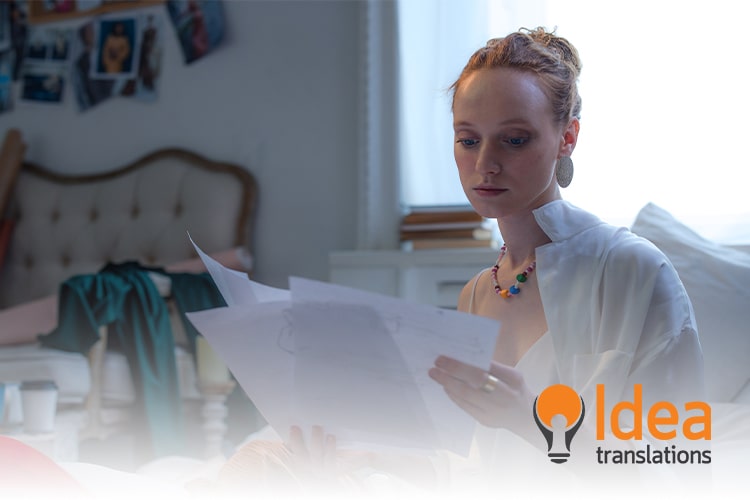
Literal translation and free translation: which is the best approach?
The writer and translator Jorge Luis Borges once said, “each language is a way of feeling and perceiving the universe”. And although the author of El Aleph did not prefer literal translations, he stated that “partial and precious evidence of the difficulties that (the text) undergoes remains in its translations,” he also warned that literal solutions are sometimes just as creative as non-literal ones.
Whether it is literature or any other subject area, the art of translation involves multiple processes in which various issues, both objective and subjective, come into play. And the conversation on whether translations should be literal or free always comes up in the linguistic field. What are the particularities of each?
Two approaches and their characteristics
Of the various types that exist, we will focus on literal translation and non-literal or free translation. The former is the translation of a text from one language to another one word at a time without considering the meaning of the text as a whole; it is also known as direct or word-for-word translation.
On the other hand, free or contextual translation involves translating a text in such a way that it reproduces the overall meaning of the original. This type of translation may or may not closely follow the structure or organization of the original text. In addition, it does not pay much attention to words unique meanings and may involve adding or deleting content while keeping the overall meaning as close as possible to the original. It is also known as creative translation and is mainly used for non-technical texts.
Between 2015 and 2022, the market size of the translation services industry in the US exceeded US$ 9 billion. Between 2012 and 2022, it increased by almost US$ 3 billion. Source: Statista
Although literal translation tends to be widely used in legal, technical or scientific content, where the accuracy of a text is more important than reading fluency, the idea that every word can be replaced without major difficulties between one language and another in practice is not so true. Mostly, there is flexibility, creativity and recreation, always within the parameters defined by the original piece.
The search for balance
In the 1970s, Borges participated, together with his American translator, Norman Thomas di Giovanni, in a seminar on literary translation at Columbia University. There he referred to the two legitimate ways of translating: “One is attempting a literal translation, while the other, to attempt a recreation. The paradox, and, of course, the paradox meaning something true that at first glance seems false: is that if you seek oddness, if you want to, shall we say, surprise the reader, you can do it by being literal. An obvious example; I do not know Arabic, but I know that there is a book known as The Thousand and One Nights. When Jean Antoine Galland translated it into French, he translated it as Les Mille et une Nuits. But when Captain Burton attempted his famous translation, he translated the title literally. Following the original Arabic word order, he called it The Book of a Thousand and One Nights. In English it sounds strange, but a certain beauty was achieved, in this case, through literal translation.”
The German writer, Günter Grass also mentioned that paradox so typical of literary text translations: “Translation is that which transforms everything so that nothing changes”.
Only about 3% of all books published in the US are translated works. Source: University of Rochester
At the same time, Borges highlighted an example opposite to that of literal translation, that of a recreation: “I suppose everyone knows the Latin phrase regarding science Ars longa, vita brevis. When Chaucer chose to put it into English, he didn’t write Art long, life short, which would have been very cut and dry. He translated it this way: The life so short, the craft so long to learn, or The lyf so short, the craft so long to lerne. By working with the word learn he gave the line a kind of nostalgic musicality not found in the original.”
The French writer and poet, Paul Valéry expressed himself in a similar manner: “Translating is producing analogous effects by different means“. But the truth is that there is no single path. Translating means, on the one hand, respecting the original text, its meaning, spirit and structure; and, on the other hand, as an example, it also implies emphasizing, omitting if necessary, re-contextualizing, correcting inaccuracies and adapting the content for an audience different from the original one. In any case, the discussion between literal translation and free translation could be avoided if considering that a combination of both is, in most cases, the most successful approach.



